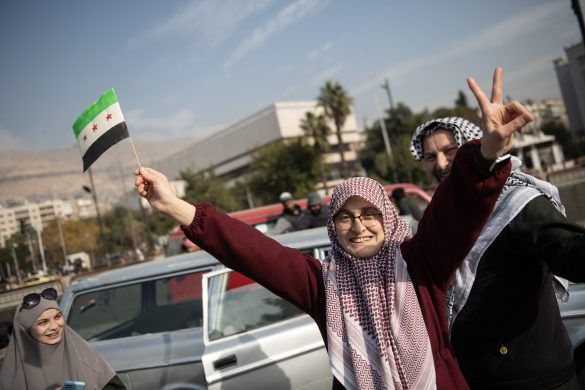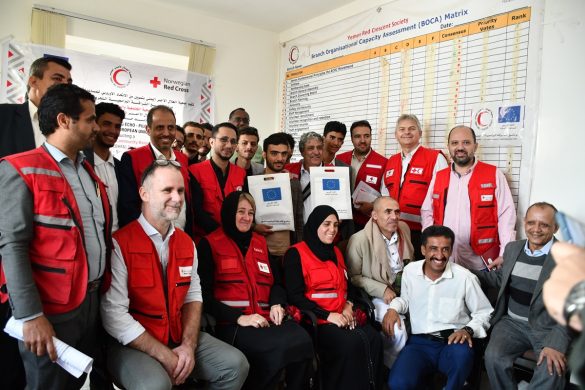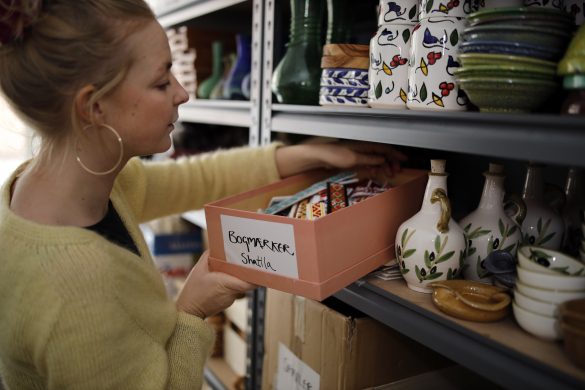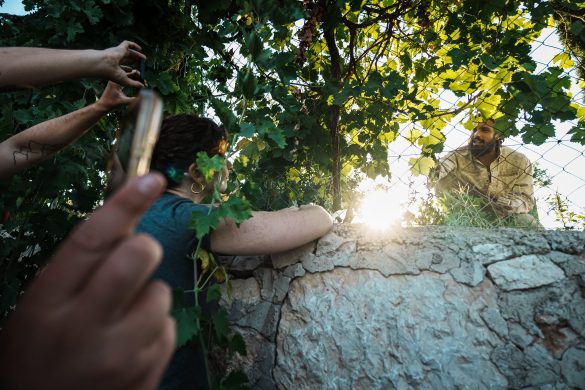Den unge generation i Gaza bliver måske dårligere uddannet og mere radikal, fordi den israelske blokade har begrænset adgangen til uddannelse og arbejde, siger FN kilder til organisationens nyhedstjeneste IRIN.
RAMALLAH, 16 March 2011 (IRIN) :The four-year blockade has particularly affected youths aged 18-24, limiting access to higher education, academic exchanges and professional development, says Gaza’s education ministry. About 65 per cent of Gaza’s 1,6 million people are under 25, according to UN estimates.
“Higher education in all its forms is absolutely critical to a functioning society and the creation of a future Palestinian state,” UN Humanitarian Coordinator for the occupied Palestinian territory Max Gaylard told IRIN, and “to maintain a necessary level of skills in professional sectors, like medicine and engineering.”
Gaza’s unemployment rate – nearly 50 per cent according to the Palestinian Central Bureau of Statistics (PCBS) – indicates dire prospects for the rapidly growing and youthful population.
The economic blockade, imposed by Israel after the Islamist resistance movement Hamas took control of Gaza, has obstructed the import of books, science laboratory and other educational equipment to Gaza, according to the UN Educational, Scientific and Cultural Organization (UNESCO). Israel allows in limited humanitarian supplies.
The lack of facilities, new information and experiences has caused a marked deterioration of Gaza’s whole educational system. Noor, an English education student at Al-Azhar University, ranked second in Gaza, said she lacked essential books for her coursework and even chairs were missing from lecture halls.
“Our universities are not ready for new generations,” she explained. “We only have one laboratory and two computer labs, and it is not enough.”
Enrolment levels at Gaza’s 14 public and private universities and colleges remain high, but conflict and the stringent blockade have seriously undermined access to, and the quality of, higher education, said UNESCO in a report.
According to the Palestinian Centre for Human Rights in Gaza, “Under the policy of complete closure imposed since June 2007, Palestinians from Gaza who once constituted some 35 per cent of the student body at universities in the West Bank are virtually absent from West Bank education institutions.”
The development of two separate systems due to the Israeli-imposed movement restrictions, meant fewer subjects and facilities for Gaza’s university students, said UNESCO.
Rising unemployment
The unemployment rate among those aged 15-19 is about 72 per cent, while unemployment affects 66 per cent of those aged 20-24, according to a January socio-economic report by the Office of the UN Special Coordinator for the Middle East Peace Process (UNSCO). West Bank unemployment rates were 29 percent and 34 percent for these age groups, respectively.
When young people graduate they have almost no opportunity to find a job in a company or association. About 70 per cent of industrial establishments in Gaza have closed under the blockade, according to OCHA, while 120.000 private sector jobs were lost in the first two years of closure. A recent easing has allowed the limited export of cut flowers and strawberries from Gaza to Europe.














